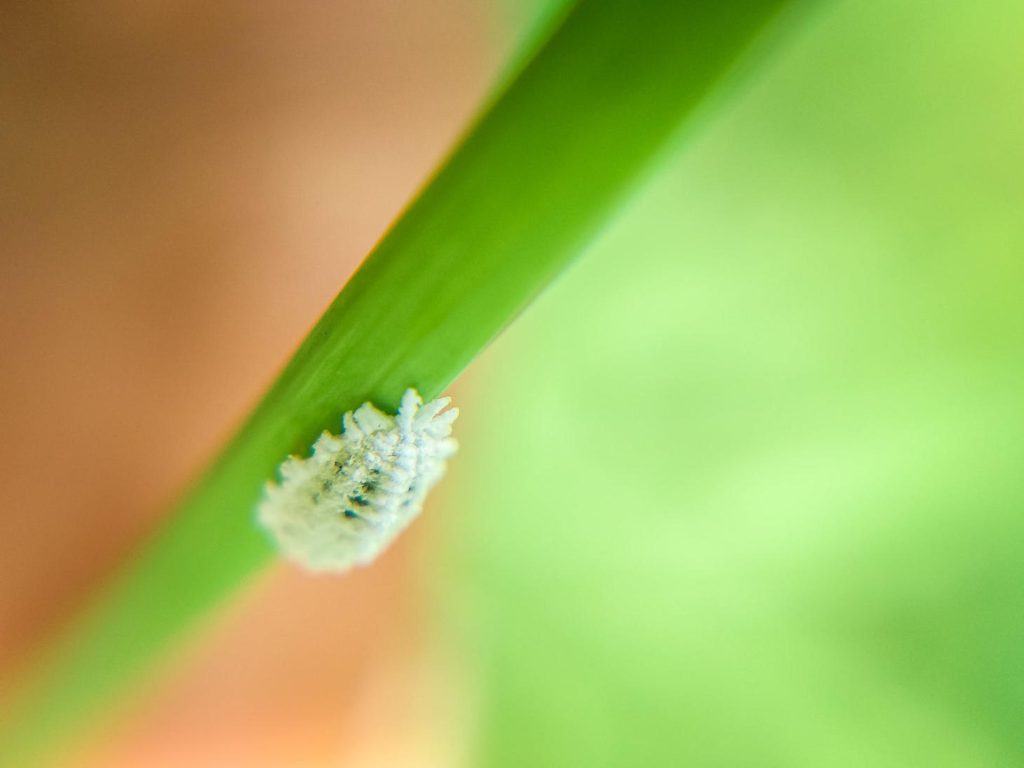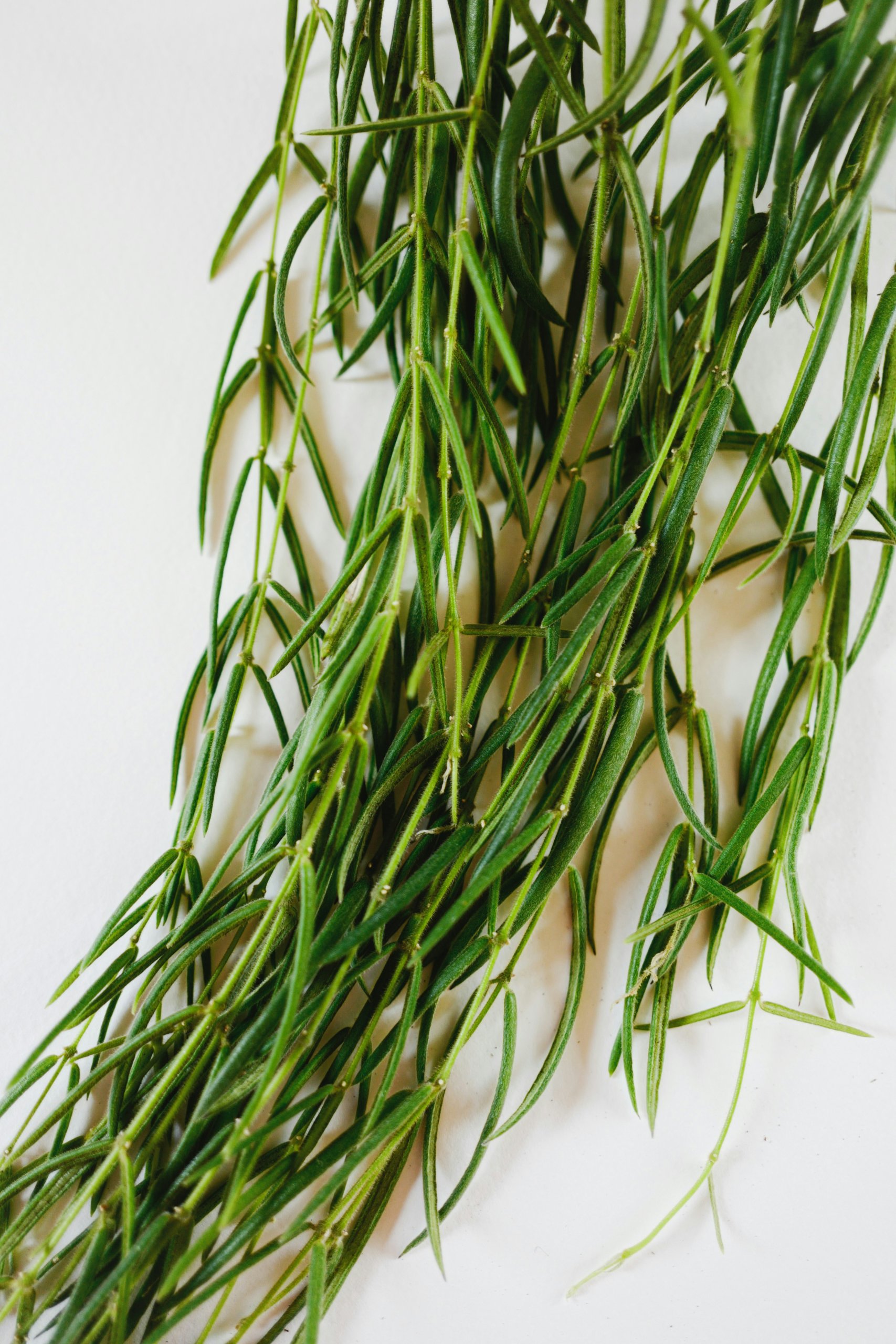Hoya Linearis Care
Hoya linearis is a unique type of indoor plant, also known as a wax plant or porcelain vine, that stands out because of its long, thin, and fuzzy stems. Its delicate, trailing leaves and white porcelain-like flowers give any room a soft, elegant look. If you want a charming houseplant that feels different from other Hoyas, hoya linearis is a great addition to your collection.
Caring for this plant may seem tricky at first, but with the right advice, you can keep your wax vine healthy and growing. Hoya linearis is popular for its beauty but needs special attention to thrive indoors. You don’t have to be an expert to help this plant look its best.
If you’re looking for clear tips on how to look after your porcelain flower, you’re in the right place. You’ll find all you need to know to help your hoya linearis grow strong and healthy inside your home.
Understanding Hoya linearis
Hoya linearis is a unique plant with slender, trailing stems and delicate, white star-shaped flowers. It has specific growth needs due to its origins and natural habitat.
Botanical Background
Hoya linearis comes from the Himalayan regions, including Nepal, Bhutan, and northern India. This plant is part of the Apocynaceae family. Unlike many common hoyas from tropical areas, Hoya linearis grows in cooler, high-altitude forests.
It is an evergreen perennial, which means it keeps its leaves year-round. The leaves are long, thin, and covered in fine hairs. These features help the plant absorb moisture from the cool mountain air.
Because it naturally grows on trees in forests, Hoya linearis is adapted to shady, filtered light.
Growth Habit and Features
Hoya linearis vines are long, slender, and slightly hairy. Stems can reach several feet in length and tend to drape or hang, making this plant suitable for hanging baskets or trailing over shelves.
The leaves are narrow and grooved, usually about 1-3 inches long. They are light green and have a soft texture. When healthy, the plant produces clusters of small white flowers with a mild lemon scent.
It blooms from late summer into autumn. The flowers are star-shaped, making them stand out against the fine leaves. This growth habit can give your indoor space a curtain-like look when the plant matures.
Epiphyte Characteristics
As an epiphyte, Hoya linearis does not grow in soil in its natural habitat. Instead, it anchors itself to tree branches. It absorbs nutrients and moisture from the air and from debris accumulating around its roots.
For indoor care, this means you should use a very loose, airy mix. Good options include a blend of orchid bark, perlite, and succulent soil. You need to make sure the roots can breathe since waterlogged conditions can lead to rot.
Epiphytes like Hoya linearis benefit from high humidity and regular misting. They do best when their roots are allowed to dry out between waterings, just as they would in the wild. These needs are different from most traditional houseplants.
Care Requirements for Hoya linearis
Hoya linearis needs specific care to thrive indoors. It does best with the right balance of light, water, humidity, and temperature.
Light Requirements
Place your Hoya linearis in a spot that gets bright, indirect sunlight for at least 6–8 hours each day. Direct sun can burn its long, slender leaves, so avoid windows with harsh afternoon sun.
If you only have north or east-facing windows, this plant will still do well there. Use sheer curtains to help filter the light if your only option is a brighter window. Hoya linearis does not grow well in low light and may become leggy or lose leaves if it does not get enough sunlight.
If your home lacks natural light, you can use grow lights designed for indoor plants. Place the light source 12–24 inches above the plant and keep it running for about 12–14 hours a day.
Watering Practices
Let the soil dry out between waterings, but do not let it remain dry for too long. Touch the top 1–2 inches of soil; only water once it feels dry. Overwatering causes root rot and is a common problem for hoyas.
Use pots with drainage holes and a well-draining mix, such as a blend of succulent soil and perlite. This helps prevent soggy roots. Water less often in winter, when the plant’s growth slows.
If you’re unsure, it is safer to underwater than to overwater. Signs you need to water include leaves that feel soft or look wrinkled. Avoid letting the pot sit in standing water.
Humidity Levels
Hoya linearis prefers moderate to high humidity. Try to keep humidity levels between 60% and 80%, if possible, for healthy growth.
Indoor air often gets dry, especially in winter, so you may need to use a small humidifier next to the plant. Misting the leaves with water can also help, but do it in the morning to avoid fungal problems.
Grouping plants together helps raise the humidity near your Hoya linearis. Avoid placing the plant next to air vents or heaters, which make the air even drier.
Temperature Needs
Keep Hoya linearis in temperatures between 60°F and 85°F (16°C–29°C). It does best in the average indoor temperature range. Avoid sudden temperature drops, as the plant does not tolerate cold stress.
Never expose your Hoya linearis to anything below 50°F (10°C). Drafts from open windows or air conditioning can damage the leaves.
If you move your plant outdoors, only do so in summer if nighttime temperatures stay above 15°F (10°C). Always transition slowly to prevent shock. Avoid placing your plant near heaters, stoves, or cold windows to keep the temperature stable.
Potting, Flowering, and Maintenance
Healthy Hoya linearis plants need the right soil, regular grooming, and specific conditions for blooming. Choosing the best way to display this plant also helps it thrive and look its best indoors.
Soil and Potting Mix
Hoya linearis does best in a free-draining potting mix to avoid root rot. Use a blend of equal parts succulent soil, orchid bark, and perlite. This combination creates a light, well-aerated environment that holds some moisture but allows excess water to drain out quickly.
Select a small pot with drainage holes to keep the roots healthy and prevent water from pooling. Repot only when roots are visible or growth is stunted. Over-potting can lead to too much moisture in the soil, which may cause problems.
Pruning and Grooming
Pruning Hoya linearis keeps it neat and supports healthy growth. Use clean scissors or pruning shears to remove dead, damaged, or yellowing stems and leaves. Check your plant regularly and trim lightly when needed.
Avoid cutting healthy stems unless you want to shape the plant or encourage fuller growth. Remove old or dried flower clusters, but take care not to cut where new blooms may form.
Wipe leaves gently with a soft, damp cloth to remove dust. Clean foliage helps the plant get enough light and look attractive in your home.
Flowering Spurs
Hoya linearis grows special stems called flowering spurs(also known as peduncles), where its fragrant, white, star-shaped flowers appear. After blooming, do not cut off these spurs, they will produce more flowers in the future.
To encourage blooms, give your plant plenty of bright, indirect sunlight. Avoid direct afternoon sun, as it can scorch the leaves. Flowering happens more often when the plant is slightly root-bound and experiences stable temperatures between 60–85°F (15–29°C).
Use a balanced, diluted fertilizer every 2–4 weeks in spring and summer to support healthy flowering. Do not over-fertilize, as this can damage roots and stunt blooming.
Hanging Plant Display
Hoya linearis looks attractive as a hanging plant because of its long, slender leaves and trailing vines. Choose a stable hanging pot with good drainage to keep water from collecting at the base.
Hang your plant in a spot with bright, indirect light. Rotate the pot sometimes so all sides receive light evenly and vines grow in a balanced way. Hanging also improves airflow, which helps prevent fungal issues.
Keep the plant away from cold drafts and sudden temperature shifts. If vines become too long, trim them just above a leaf node to encourage branching and keep your display tidy.
Common Issues and Solutions
Many Hoya linearis owners face problems like root rot, pests, or poor growth. Knowing the causes and solutions can keep your plant healthy and looking good.
Root Rot and Overwatering
Root rot is often the result of too much water and soil that does not drain well. Hoya linearis prefers soil that dries out between waterings. Always check the top inch of soil before adding water. If it feels damp, wait a few more days.
Signs of root rot include mushy or black roots and yellowing or dropping leaves. You may also notice a bad smell from the soil. If root rot is present, remove the plant from its pot. Cut off any black, mushy roots with clean scissors. Repot your plant in fresh, well-draining soil and use a pot with drainage holes.
To prevent this issue, use a light soil mix with perlite or orchid bark. Water less often in the winter, checking soil moisture before each water.
Pest and Disease Prevention

Hoya linearis can attract pests such as mealybugs, spider mites, and scale insects. These pests often show as sticky residue, webbing, or small bumps on the leaves and stems. Infestations can slow growth and cause leaf drop.
To manage pests:
- Wipe leaves with a damp cloth regularly.
- Use insecticidal soap or diluted neem oil for minor infestations.
- Isolate infected plants to stop spread.
Prevention is key. Make sure your plant has good airflow and is not crowded with others. Inspect your plant regularly, especially after bringing in new plants or during warm, dry weather.
Fungal or bacterial diseases can appear if humidity is too high and there is not enough air movement. Avoid getting the leaves wet when watering and remove any dead leaves to reduce risk.
Troubleshooting Growth Problems
Hoya linearis may stop growing or have thin, pale leaves if it is not getting enough light, nutrients, or if the roots are crowded. It needs bright, indirect light. Too little light will cause slow growth and leggy stems, while direct sun can burn the leaves.
If growth is slow:
- Move your plant to a brighter spot out of direct sun.
- Feed with a balanced houseplant fertilizer monthly from spring to fall.
- Check if roots fill the pot; if so, repot into a slightly larger container.
Leaf drop often points to overwatering or sudden changes in temperature. Keep room temperatures steady and check soil moisture before watering. Removing yellowing or soft leaves can help direct energy to healthy parts of the plant.

